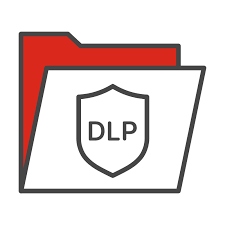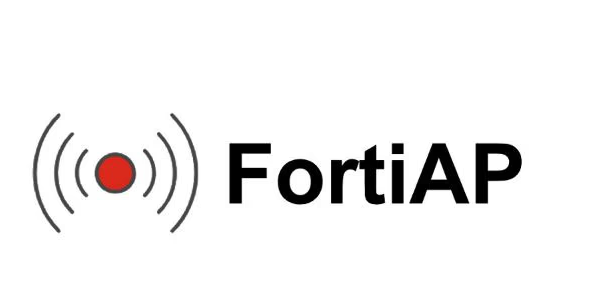fortinet
Fortinet Ztna Part IV
Introduction In this fourth installment of our Fortinet ZTNA series, we delve into ZTNA access proxy server types and how each is applied in our Proof of Concept (PoC). The ZTNA server defines the access proxy VIP and the real servers that clients connect to. Once configured, client requests are …
Fortinet ZTNA Part III
In this third installment of our Fortinet ZTNA series, we explore integrating SAML authentication with Microsoft Azure as the Identity Provider (IdP) and FortiGate as the Service Provider (SP). By leveraging SAML, authentication is offloaded from the access proxy to the IdP, allowing organizations …
Fortinet ZTNA Part II
In the second part of our Fortinet ZTNA series, we explore a practical use case involving remote access to basic on-premises data center resources. The following high-level diagram illustrates the setup: This scenario involves the need for remote access to four servers within the data center, each …
Fortinet ZTNA Part I
Solution Overview Definition & Overview Zero Trust Network Access (ZTNA) is an advanced access control method that leverages client device identification, authentication, and Zero Trust tags to provide role-based access to applications. ZTNA enables administrators to manage network access for …
Fortigate user level DLP
Block sensitive data leak to ChatGPT example DLP (Data Leak Prevention) has become increasingly crucial with the rise of LLM AI platforms. Many users rely on AI chat platforms to simplify both their work and personal tasks. While this convenience is beneficial, it also raises the risk of …
Fortinet Guest Wifi with …
FortiGate support guest Wi-Fi with a captive portal with the portal being the FortiGate itself. The following two login methods can be used: Captive portal login with username/password provided to guest users:Accounts are created in bulk on the FortiGate and printed to be provided to end users …


